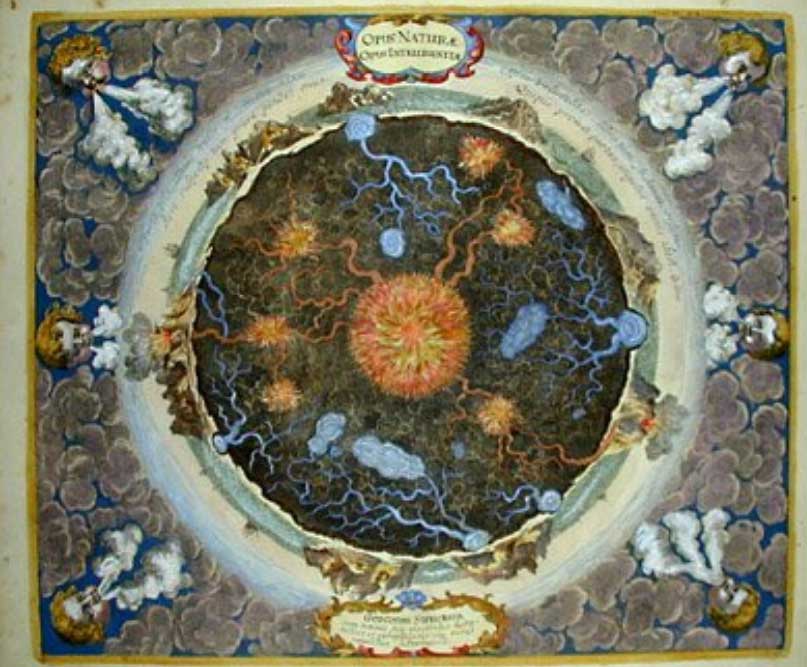Shambhala is a mythical paradise. The word “Shambhala” comes from the Sanskrit language and means “place of peace” or “place of silence.” It is mentioned in ancient texts like the Kalachakra Tantra and the ancient scriptures of the Zhang Zhung culture, which lived in western Tibet before Tibetan Buddhism. Legend has it that only people with pure hearts can live there. It is a place where love and wisdom rule and where people never have to suffer, go hungry, or grow old.
People say that Shambhala is the land with a thousand names. People have called it the Land of Wonders, the Land of White Waters, the Land of Radiant Spirits, the Land of Living Fire, and the Land of the Living Gods. The Hindus call it Aryavartha, which means “The Land of the Worthy Ones.” The Chinese call it Hsi Tien, which means “Western Paradise of Hsi Wang Mu,” and the Russian Old Believers call it Belovoyde. But its Sanskrit name, Shambhala, Shamballa, or Shangri-la, is better known in Asia.
People say that the story of Shambhala goes back thousands of years, and there are references to the mythical land in many old texts. The Bon scriptures talk about a place called Olmolungring that is related to it. Hindu texts like the Vishnu Purana say that Kalki, the last incarnation of Vishnu, was born in Shambhala. Kalki will bring about a new Golden Age. The Buddhist story about Shambhala is based on an old Hindu story. But the Kalachakra is the first text where Shambhala is talked about in depth.
The Kalachakra is a Tibetan Buddhist teaching and practice that is hard to understand and very advanced. King Suchandra of Shambhala is said to have asked Shakyamuni Buddha to teach him how to do the Kalachakra.
The idea of Shambhala is said to have outer, inner, and different meanings, just like many other ideas in the Kalachakra. From the outside, it looks like Shambhala is a physical place, but only people with the right karma can get there and experience it as such. The inner and alternative meanings refer to deeper understandings of what Shambhala means in terms of one’s own body and mind (inner) and during meditative practice (alternative). Most of the time, these two kinds of symbolic explanations are told from teacher to student by word of mouth.

The Foretold Future of Shambhala
The idea of Shambhala is a big part of Tibetan religious teachings, and it is especially important to how Tibetans see the future. The Kalachakra says that as materialism spreads around the world, people will get worse and worse over time. When the “barbarians” who follow this ideology are united under an evil king and think there is nothing left to conquer, the mists will clear to show the snowy mountains of Shambhala. The barbarians will attack Shambhala with a huge army carrying terrible weapons. Then, the king of Shambhala will come out of Shambhala with a huge army to defeat “dark forces” and bring about a Golden Age for the whole world.
Even though the Klachakra says there will be a war in the future, this seems to go against the Buddhist vows that forbid violence. Some theologians have taken this to mean that the war has a symbolic meaning. The Klachakra does not call for violence against people, but instead talks about the inner battle of a religious practitioner against their own demons.
Where Shambhala is hidden
Over the course of many centuries, many explorers and people looking for spiritual wisdom have gone on quests and expeditions in search of the mythical paradise of Shambhala. While many people have claimed to have been there, no one has yet been able to prove that it exists or find its exact location on a map. Most references, however, place Shambhala in the mountainous regions of Eurasia.
Old Zhang Zhung texts say that the Sutlej Valley in Punjab or Himachal Pradesh, India, is where Shambhala is. Mongolians think that some valleys in southern Siberia are where Shambhala is. In the folklore of the Altai, Mount Belukha is thought to be the entrance to Shambhala. Modern Buddhist scholars seem to agree that Shambhala is in what are now called the Dhauladhar Mountains, which are in the Himalayas near Mcleodganj. Some stories say that the entrance to Shambhala is hidden in a remote, empty monastery in Tibet, and that beings called the Shambhala Guardians watch over it.
